Pet stain cleaning requires understanding different types of stains (urine, saliva, fecal matter) and using appropriate tools & techniques. Invest in a vacuum cleaner, steam cleaner, enzymatic cleaners, and spot-treatment solutions. For urine stains, blot, apply baking soda/cleaning powder, then use a warm water & soap solution. For fecal matter, scrape off visible material, soak with pet-safe cleaning solution, and rinse with clean water. Choose between natural remedies (baking soda, vinegar) or commercial products, following instructions carefully. Prevent recurring stains with protective covers, consistent cleaning habits, and readily available pet-safe solutions.
Keeping your upholstery stain-free can be a challenging task, especially with pets around. This comprehensive guide tackles pet stain cleaning head-on, offering effective solutions for urine and fecal matter messes. From understanding common culprits to natural remedies versus commercial products, we equip you with the knowledge for successful pet stain removal. Learn the essential tools, step-by-step techniques, and prevention tips to maintain a clean, pet-friendly home.
Understanding Common Pet Stains on Upholstery
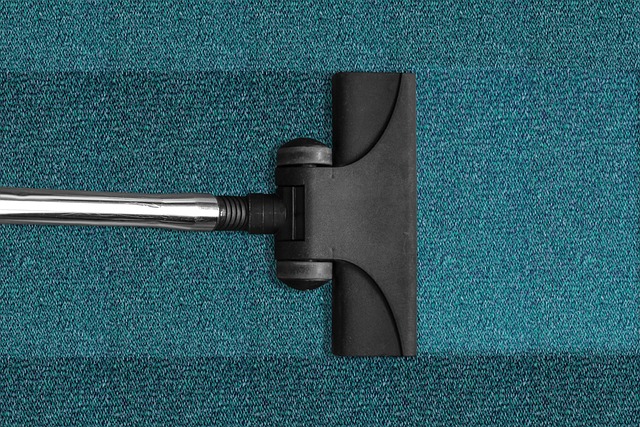
Pet stains on upholstery can range from small, isolated incidents to larger, more persistent marks. Understanding common pet stains is the first step in effective pet stain treatment for upholstery. Urine stains, often left behind by cats, are a frequent issue, appearing as discolored patches or even an odor that lingers. These stains require prompt action as urine can penetrate deep into fabric fibers if not treated immediately.
Other common pet stains include those from dog saliva, which can leave wet, sticky areas that quickly dry and become difficult to remove. Fecal stains, though less common, are particularly challenging due to their high protein content, making them resistant to standard cleaning methods. Effective pet stain cleaning involves using the right tools, techniques, and products tailored to each specific type of stain for optimal results.
Essential Tools and Materials for Effective Cleaning
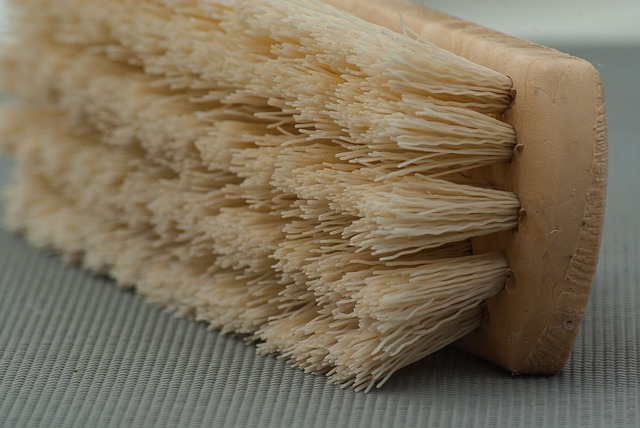
When tackling pet stain cleaning, having the right tools and materials is essential for effective results. Start with a good quality vacuum cleaner designed to handle both carpet and upholstery. A handheld vacuum can be particularly useful for reaching tight spaces and removing loose fur or dander. For deep cleaning, invest in a powerful steam cleaner that uses high-pressure steam to loosen and lift stains from the fabric fibres.
Don’t forget the importance of stain treatment solutions. Enzymatic cleaners are highly effective at breaking down organic matter, making them ideal for pet stain cleaning. Look for products specifically formulated for upholstery or fabrics, ensuring they are safe for your particular material. Also, consider having a supply of clean cloths or sponges and a solution for spot-treating persistent stains.
Step-by-Step Guide to Removing Urine Stains
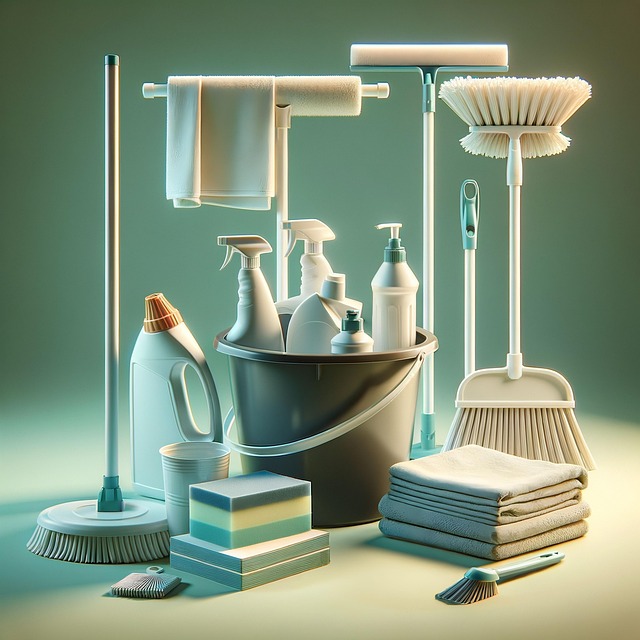
Removing urine stains from upholstery can seem daunting, but with a simple, step-by-step approach, it’s a manageable task. Start by blotting the stain gently with a clean cloth or paper towel to absorb as much of the liquid as possible. Avoid rubbing, which can spread the stain further. Next, sprinkle a small amount of baking soda or a pet stain cleaning powder directly onto the stain, letting it sit for about 15 minutes to help break down the urine odour and dislodge any remaining liquid. After that, gently brush off the powder with a soft-bristled brush or even a baby toothbrush.
Now, mix a solution of warm water and mild dish soap (a few drops should do) in a spray bottle. Lightly spritz this solution onto the stain, making sure to wet it thoroughly. You can also use a commercial pet stain cleaner at this stage if preferred. Let the mixture work for around 10 minutes, then blot again with a clean cloth. Repeat this process until the stain is significantly reduced or disappeared. For stubborn stains, consider using a slightly stronger cleaning solution, but always test on a hidden area of the upholstery first to ensure it doesn’t cause discoloration.
Treating Solid Fecal Matter: A Detailed Approach
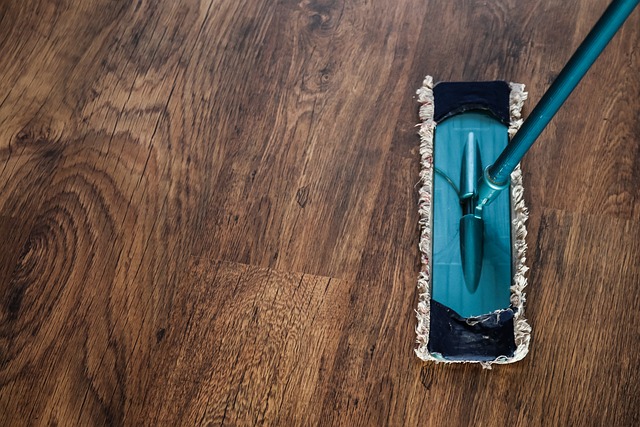
When dealing with solid fecal matter stains on upholstery, a detailed and thorough approach is necessary for effective pet stain cleaning. Start by gently scraping off any visible solid material using a dull knife or spoon to avoid pushing the stain deeper into the fabric fibres. Next, blot the affected area using clean, white cloth or paper towels, pressing gently from the outside in to absorb as much of the liquid component as possible.
Avoid rubbing, as it can spread the stain further. After blotting, mix a pet-safe cleaning solution with warm water, following the instructions on your chosen product. Soak a clean cloth or sponge in the solution and wring out excess liquid. Gently dab at the stain, working from the outside edge towards the centre to prevent spreading. Rinse the area with clean water afterward, using a separate cloth dampened with plain water to ensure no residual cleaner remains.
Natural Remedies vs. Commercial Products: Which is Better?

When it comes to pet stain treatment, one of the key considerations is choosing between natural remedies and commercial products. While both have their merits, each offers distinct advantages and drawbacks for effective pet stain cleaning.
Natural remedies, often made from common household ingredients like baking soda, vinegar, or enzyme-based cleaners, are favored by those who prefer eco-friendly solutions. They are usually gentler on fabrics and safe for use around children and pets. However, their effectiveness may vary, as some stains require more persistent cleaning methods. On the other hand, commercial pet stain products often come with powerful enzymes and chemicals designed to break down tough stains quickly. These products can be highly effective but might contain harsher chemicals that could potentially damage fabrics or leave residues if not used properly. Therefore, understanding your fabric type and following product instructions carefully is essential for successful pet stain cleaning using either method.
Prevention Tips to Keep Upholstery Clean Post-Treatment
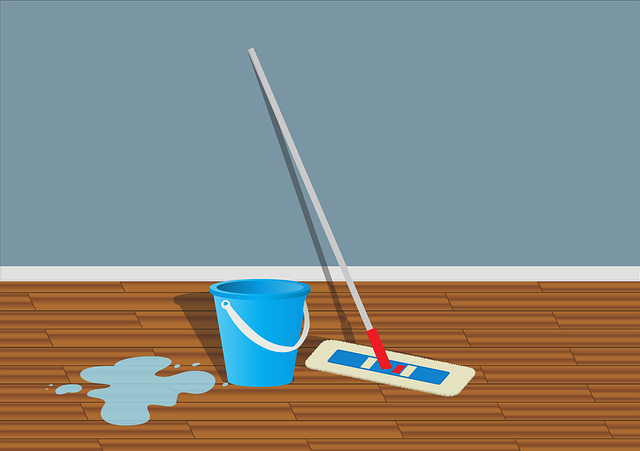
After successfully treating pet stains on upholstery, it’s important to implement prevention tips to maintain cleanliness. Regular cleaning and spot-treating as soon as potential accidents occur are key strategies. Using protective covers for furniture can significantly reduce the risk of staining. These covers act as a barrier against pet hair, dander, and urine, making post-cleaning efforts much easier.
Additionally, establishing consistent cleaning routines and keeping cleaning supplies readily available can help in staying ahead of pet messes. Wiping down upholstery with microfiber cloths or using pet-safe cleaning solutions for regular maintenance will create a cleaner environment, reducing the likelihood of future stains.
